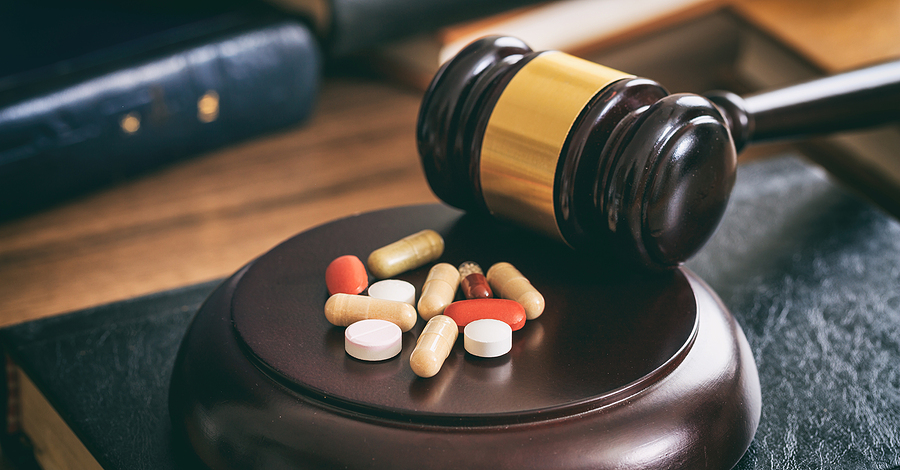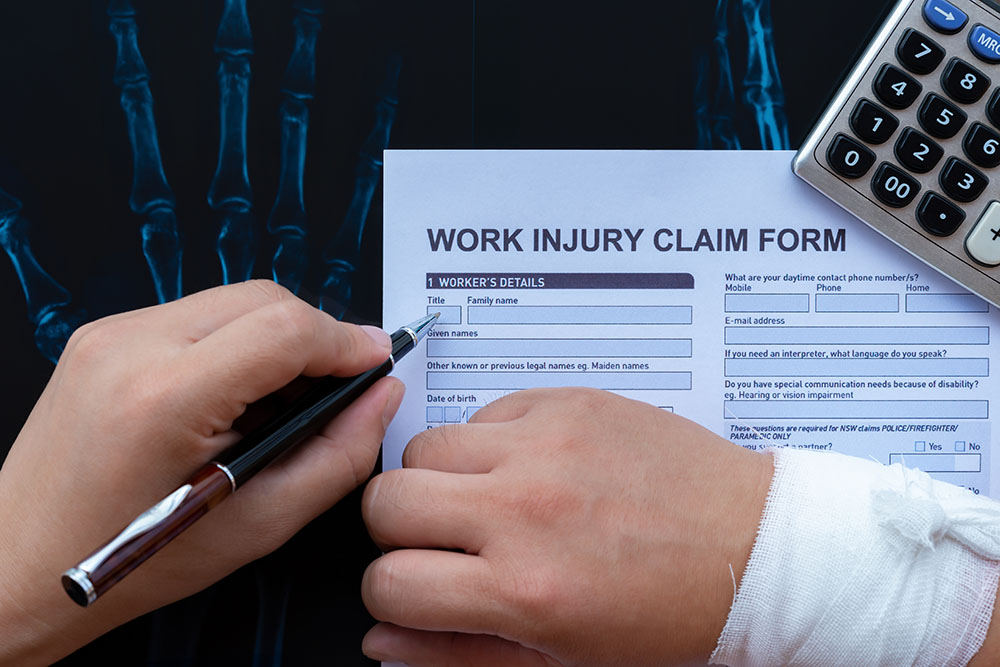Stevens-Johnson Syndrome (SJS) is a serious condition that can be life-threatening. Raising awareness about SJS is crucial for early detection and treatment. Awareness campaigns play a vital role in educating the public and medical professionals about the symptoms, causes, and risks of SJS.
In the following sections, we will explore the importance of SJS awareness campaigns, the key elements that make these campaigns effective, and the legal actions that support these efforts. We will also discuss the critical role of legal support in SJS cases and how it aids victims in their fight for justice.
Importance of SJS Awareness Campaigns
SJS awareness campaigns are crucial for several reasons. First, they educate the public about the seriousness of Stevens-Johnson Syndrome and its symptoms. Many people are unaware of how quickly SJS can escalate, making early detection vital. Awareness campaigns can teach people to recognize signs like skin rashes, blisters, and flu-like symptoms, which can lead to quicker medical intervention.
These campaigns also focus on educating healthcare providers. Doctors and nurses who are well-informed about SJS can make faster and more accurate diagnoses. Early diagnosis can result in better treatment options and improved outcomes for patients. Increased knowledge within the medical community ensures that symptoms are not mistaken for less severe conditions, thereby reducing the risk of complications.
Raising awareness can also lead to better policies and regulations regarding medications known to trigger SJS. When the public and healthcare system are more informed, there’s a greater push for safer drug development and improved warning labels. This collective knowledge helps in advocating for patients’ rights and safety measures, ensuring that pharmaceutical companies are held accountable.
Key Elements of Effective Awareness Campaigns
Creating effective SJS awareness campaigns requires careful planning and execution. Several key elements contribute to the success of these campaigns:
1. Clear Messaging: The message should be straightforward and easy to understand. Avoid medical jargon and use simple language to explain what SJS is and why it’s dangerous. Clear messaging helps ensure that even those without medical knowledge can grasp the information.
2. Engaging Materials: Use posters, brochures, videos, and social media posts to reach a broad audience. Visual aids and stories can make the content more relatable, ensuring the message resonates with different age groups and backgrounds.
3. Targeted Outreach: Identify specific groups that need the most education, such as schools, community centers, and hospitals. Tailoring messages to these audiences can make the campaigns more impactful. For example, schools can focus on educating students and parents, while hospitals can focus on medical staff.
4. Partnerships: Collaborate with healthcare organizations, patient advocacy groups, and pharmaceutical companies. Partnerships can expand the reach of the campaign and provide additional resources and funding. Working together can amplify the message and make a greater impact.
5. Regular Updates: Keep the information current. Medical research and treatment guidelines change, so it’s important to provide the latest facts. Regular updates ensure that the audience receives the most accurate information available.
Effective awareness campaigns combine clear messaging, engaging materials, targeted outreach, strong partnerships, and regular updates. These elements work together to educate the public and healthcare professionals about SJS, ultimately leading to better outcomes for those at risk.
Legal Actions Supporting SJS Awareness
Legal actions play a significant role in supporting SJS awareness. Lawsuits against drug manufacturers can bring attention to the dangers associated with certain medications. When a manufacturer faces legal action for failing to warn about SJS risks, it highlights the need for better safety measures and clearer labels on medications.
Court cases can also set precedents that influence future regulations. When courts rule in favor of SJS victims, it can lead to stricter laws and guidelines for drug approval and distribution. These legal precedents help ensure better protection for consumers in the future.
Moreover, legal actions can provide settlements or court-ordered compensation for SJS victims. This financial support can cover medical expenses, lost wages, and pain and suffering. Settlements can also fund further awareness campaigns, contributing to the long-term goal of reducing SJS cases.
Role of Legal Support in SJS Cases
Legal support is crucial for those affected by SJS. Lawyers experienced in personal injury law help victims navigate the complex legal system to seek justice and compensation. They gather evidence, consult medical experts, and build strong cases to prove that negligence or defective products caused the SJS.
A lawyer’s expertise can be invaluable for victims facing powerful pharmaceutical companies. Legal support levels the playing field, ensuring that victims’ voices are heard. Attorneys also offer emotional support, guiding victims through each step of the legal process and alleviating some of the stress involved.
Legal professionals also play a role in advocating for broader changes. They push for better drug safety regulations and clearer warnings on medications. Their efforts benefit not just individual clients but also the public at large by promoting safer medical practices.
Conclusion
Raising awareness about Stevens-Johnson Syndrome (SJS) is vital for educating the public and healthcare providers, leading to earlier diagnosis and better outcomes. Effective awareness campaigns and strong legal actions can make a real difference in preventing and managing this serious condition.
Greg Jones Law, P.A. is committed to supporting SJS awareness and helping victims get the justice they deserve. If you or a loved one is affected by SJS, don’t wait to take action. Contact our SJS attorneys today for expert legal advice and support in your fight for justice.






